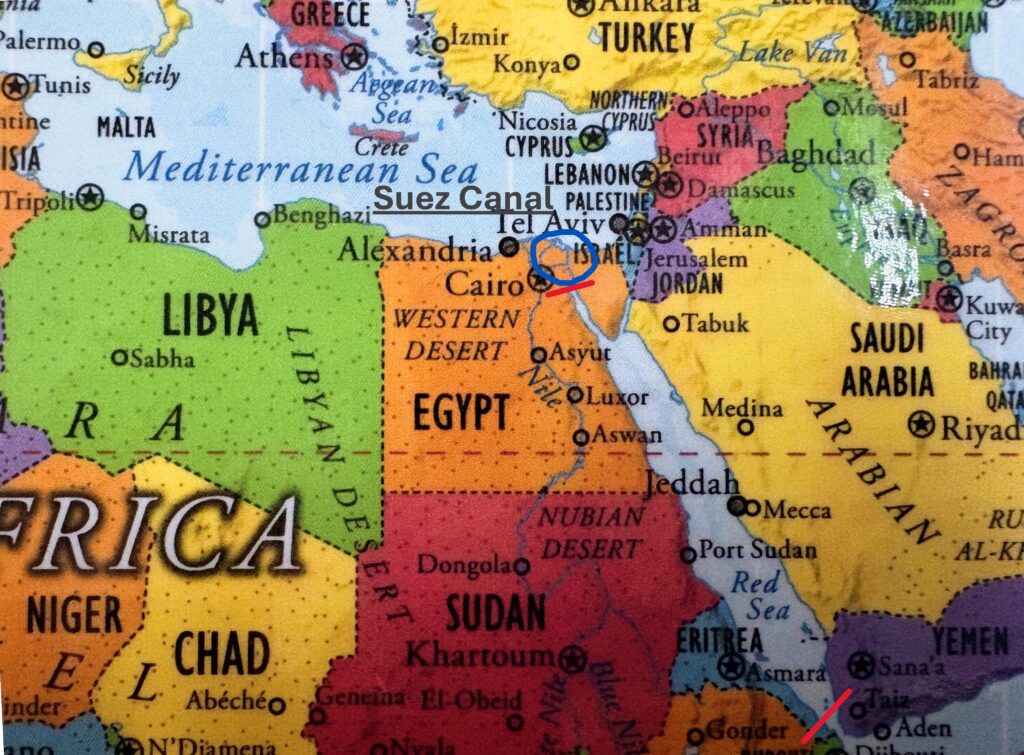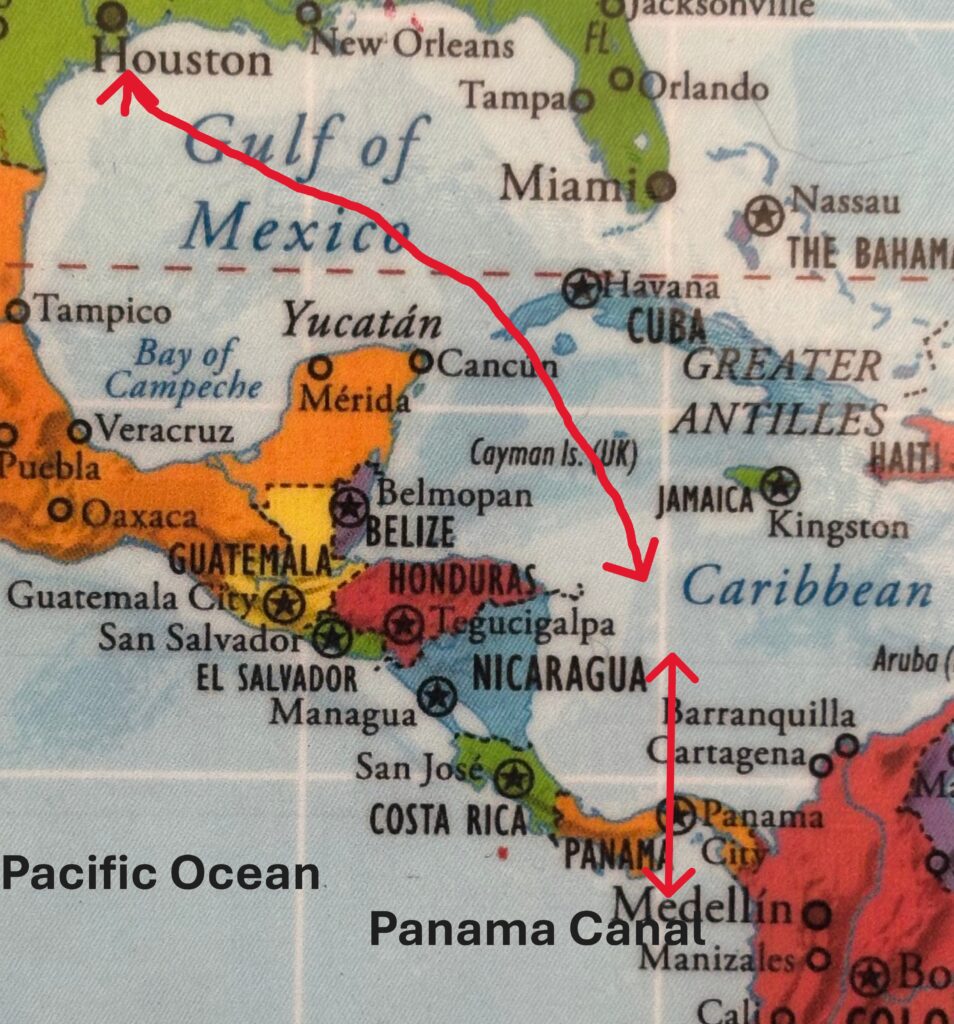Canal Chokepoints: Engineered for Trade, Exposed to Crisis


The Suez & Panama Canals: Man made wonders linking oceans and continents, now the next flash point in world commerce.
For over a century, the Suez and Panama Canals have stitched together hemispheres, shortening trade paths and powering industrial expansion. Yet today, these engineered arteries sit on the edge of disruption. Aging infrastructure, extreme weather, political volatility, and surging demand expose their fragility. As vessels carrying crude oil, refined metals, and manufactured goods queue at narrowing thresholds, the question looms:
Can these marvels withstand the strain?
Flashpoints in Crisis: When Engineered Arteries Fail
The Suez Canal, once a reliable corridor for oil and container traffic, now faces intermittent blockades from Houthi rocket and drone attacks in the Red Sea. In July 2025 alone, two commercial vessels were sunk and multiple crew members killed or kidnapped. The threat has slashed traffic through the canal by over 50%, rerouting ships around Africa and inflating global shipping costs.
Meanwhile, the Panama Canal is buckling under a prolonged climate-driven drought. Water levels in Gatún Lake—essential for lock operations—have dropped so low that daily transits fell from 38 to 24 ships, forcing carriers to offload cargo or reroute entirely. The canal’s future now hinges on emergency water management and infrastructure adaptation.
Together, these twin engineered chokepoints—Suez under fire, Panama under water stress—reveal how even human-built arteries are vulnerable to geopolitical and environmental fracture.
